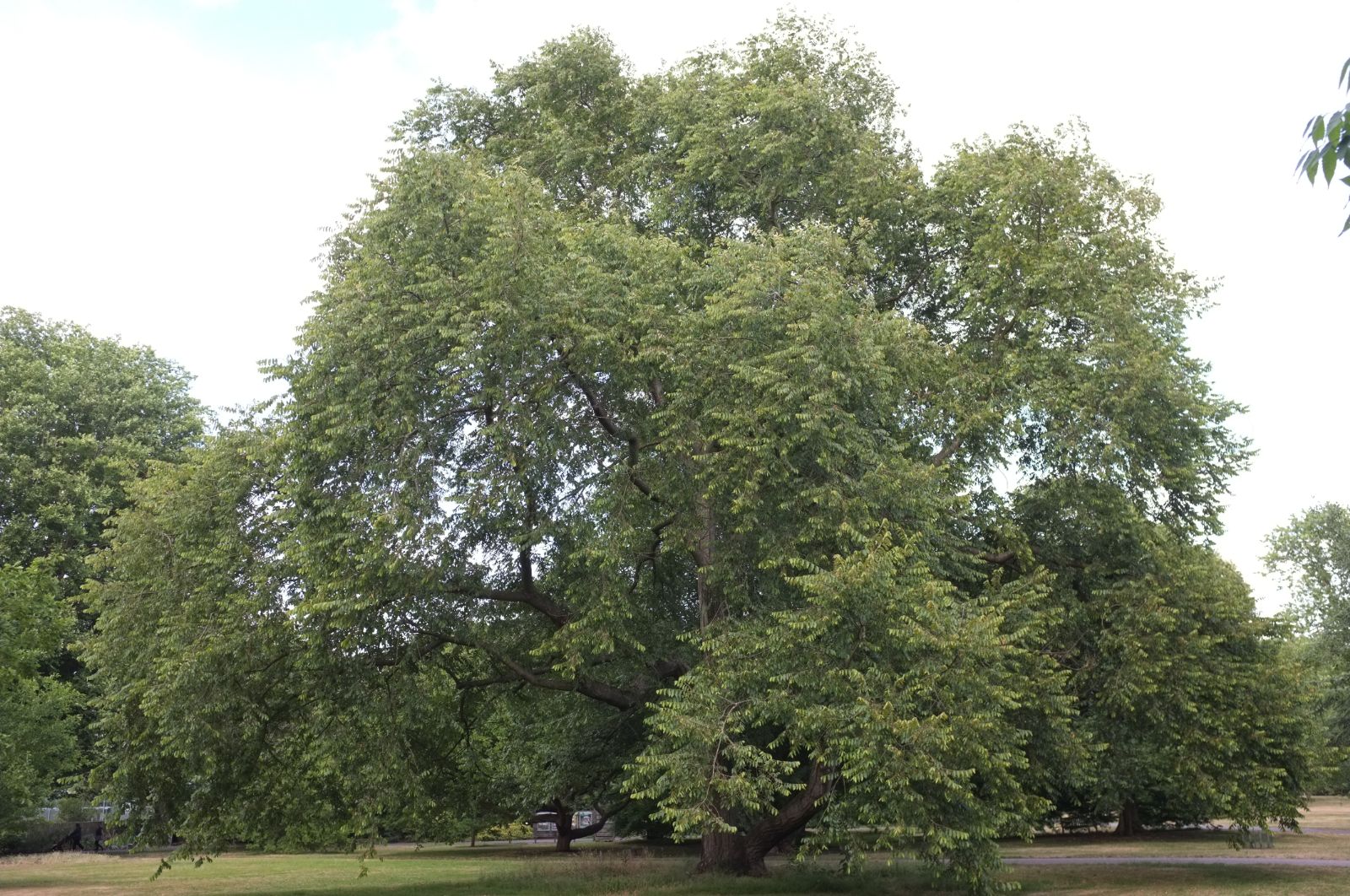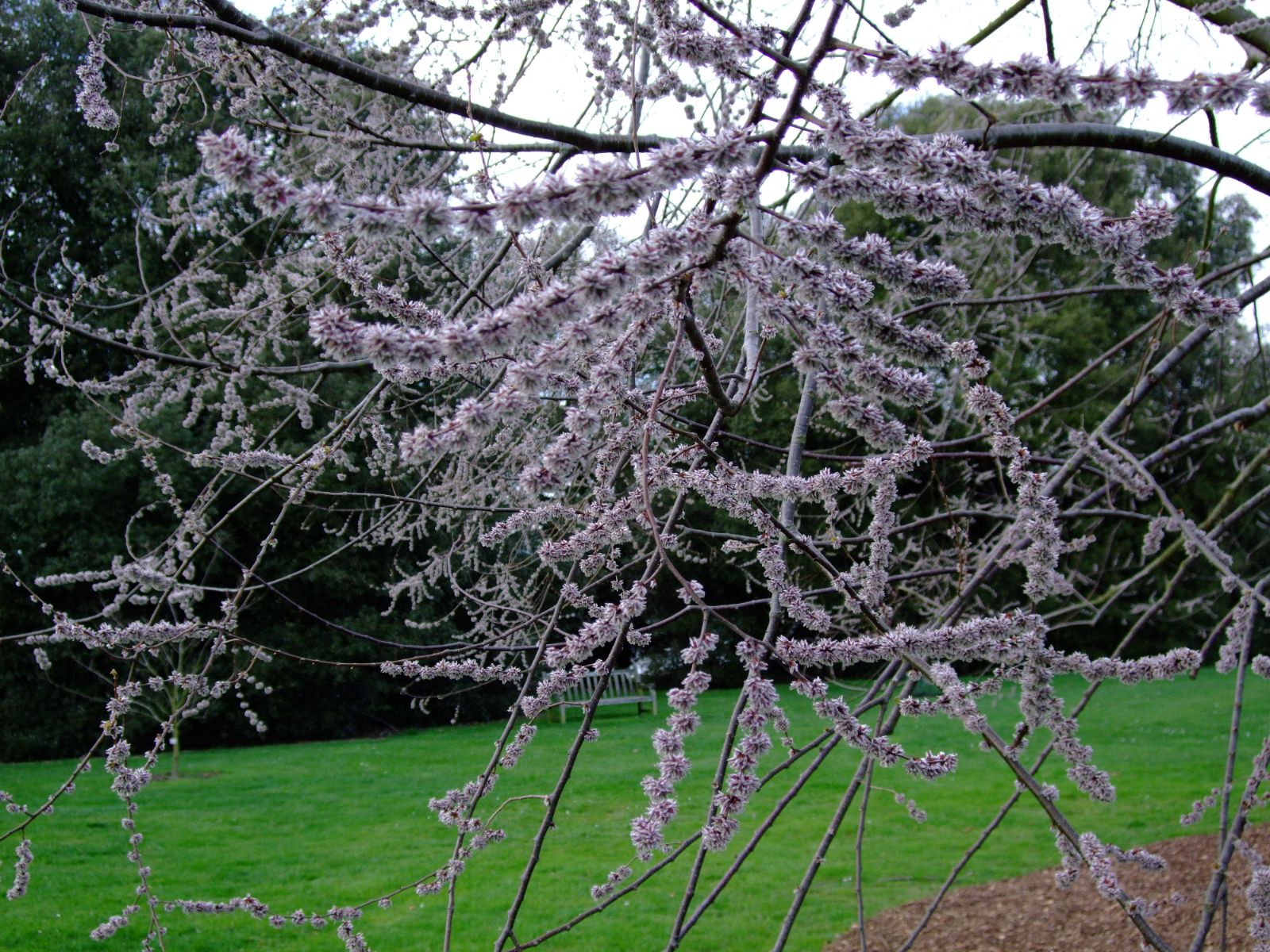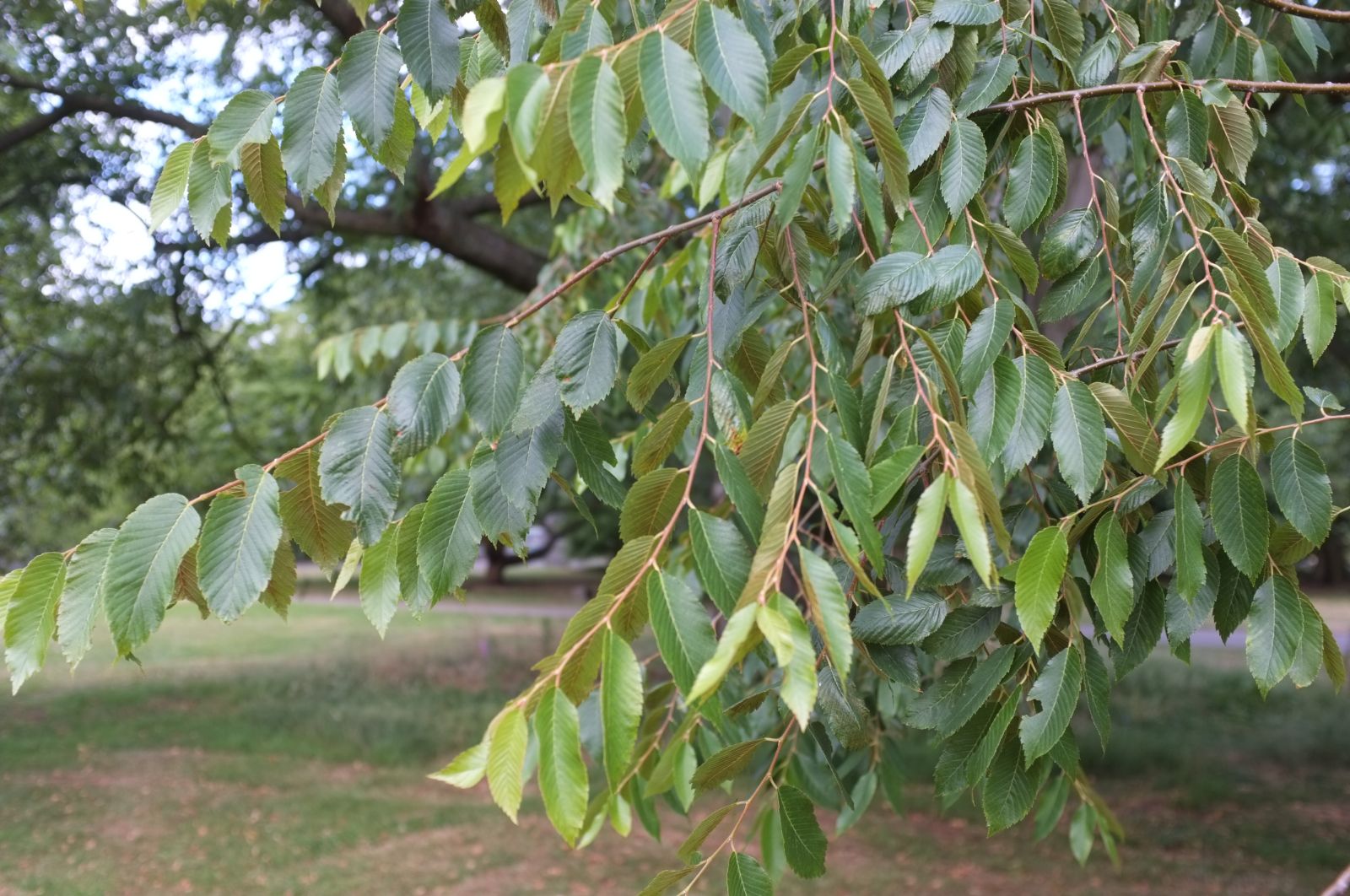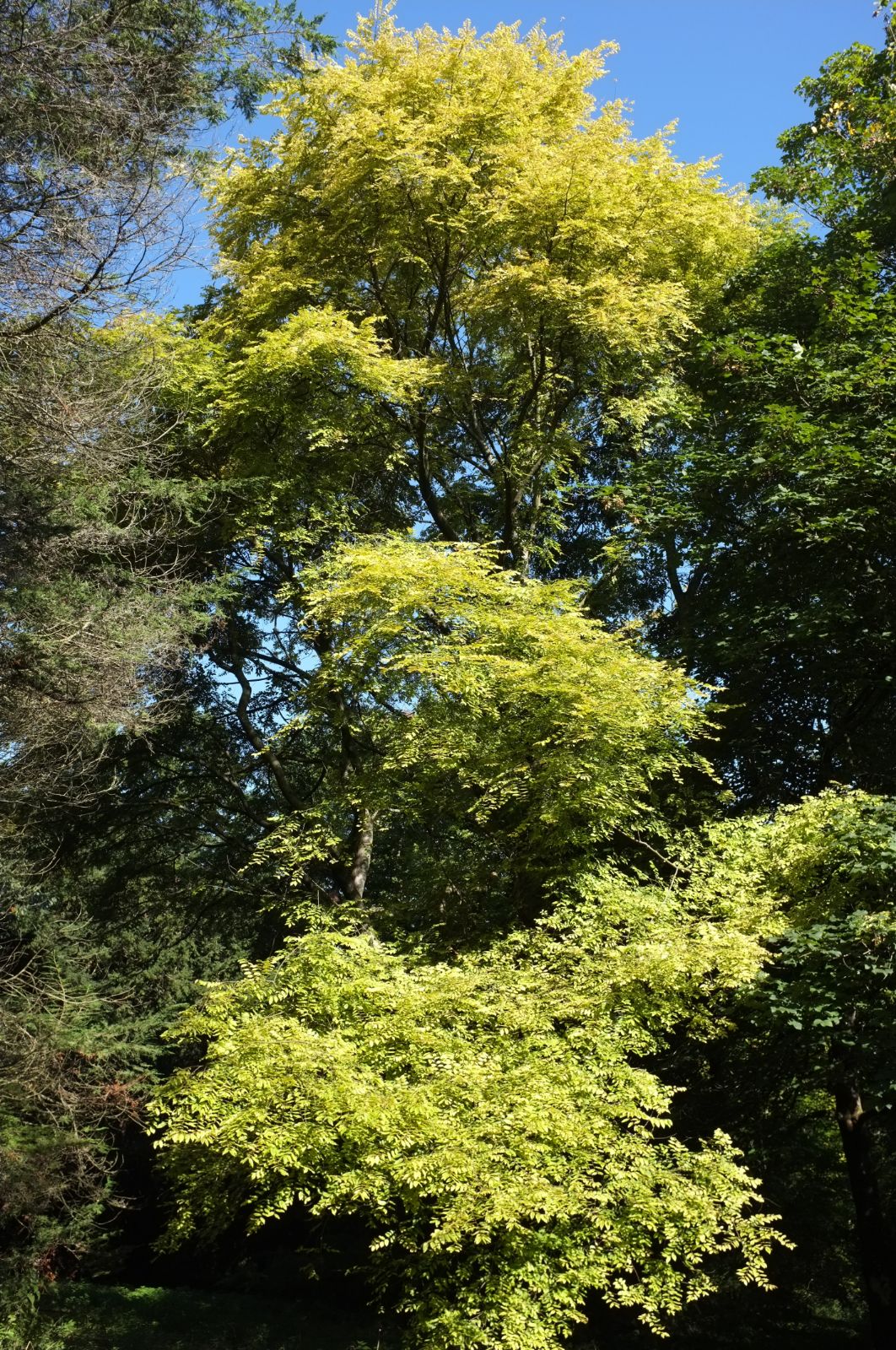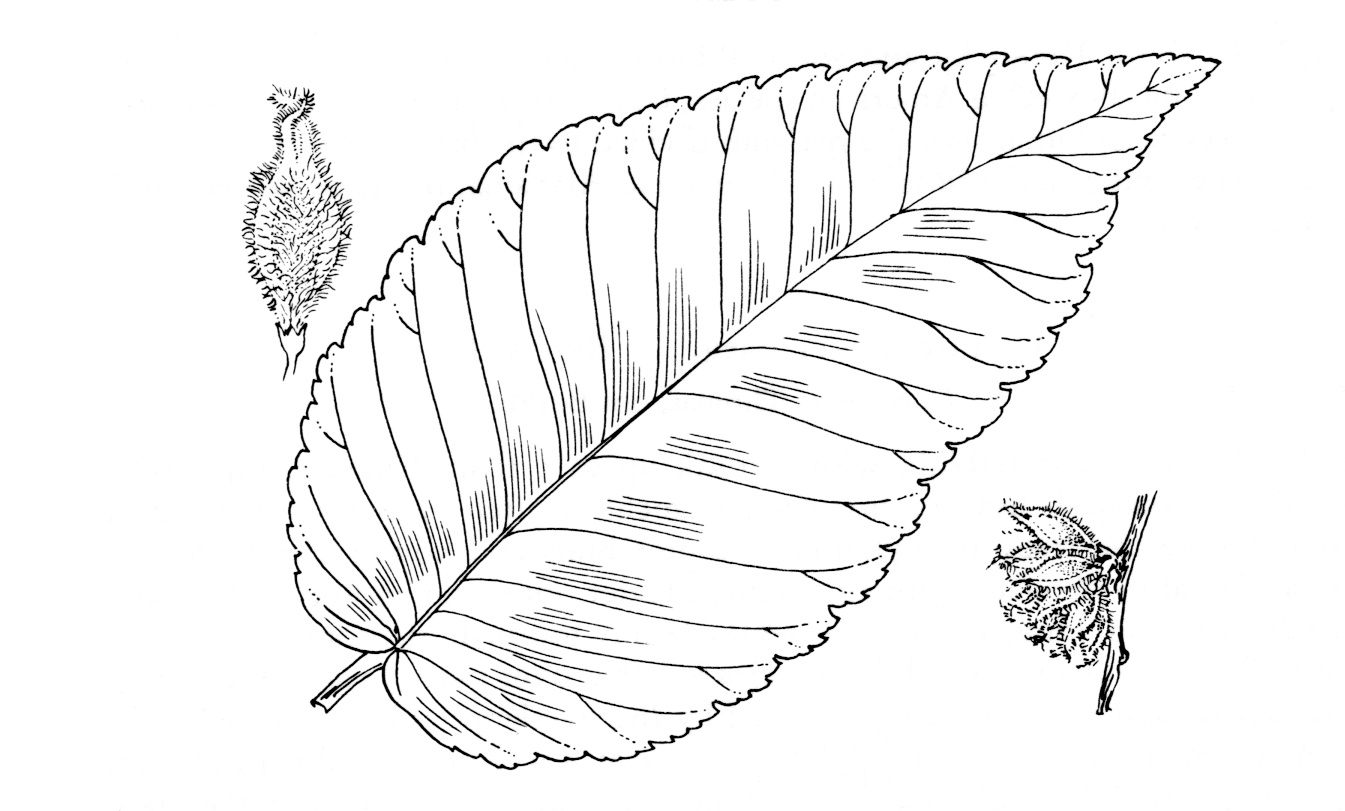Ulmus villosa
Credits
Article from Bean's Trees and Shrubs Hardy in the British Isles
Recommended citation
'Ulmus villosa' from the website Trees and Shrubs Online (treesandshrubsonline.
Other taxa in genus
- Ulmus americana
- Ulmus angustifolia
- Ulmus bergmanniana
- Ulmus campestris
- Ulmus canescens
- Ulmus carpinifolia
- Ulmus castaneifolia
- Ulmus chenmoui
- Ulmus coritana
- Ulmus crassifolia
- Ulmus davidiana
- Ulmus elliptica
- Ulmus gaussenii
- Ulmus glabra
- Ulmus glaucescens
- Ulmus × hollandica
- Ulmus japonica
- Ulmus laciniata
- Ulmus laevis
- Ulmus lamellosa
- Ulmus macrocarpa
- Ulmus parvifolia
- Ulmus plotii
- Ulmus procera
- Ulmus pumila
- Ulmus rubra
- Ulmus serotina
- Ulmus szechuanica
- Ulmus thomasii
- Ulmus 'Viminalis'
- Ulmus wallichiana
- Ulmus wilsoniana
A tree to 80 ft high in its native country, with rather pendulous branches; bark at first grey and smooth, with horizontal bands of lenticels, becoming coarsely furrowed with age; growth-buds very small, obtuse; branchlets densely downy. Short shoots with up to ten leaves. Upper leaves oblong-elliptic, 21⁄4 to 43⁄8 in. long and up to 2 in. wide, acute at the apex, rounded to truncate and only slightly oblique at the base, the lower leaves of the shoot more ovate and slightly cordate at the base, upper surface glabrous except on the midrib, lower surface at first sprinkled with reddish glandular hairs, later glabrous or slightly downy on the blade, and usually with white tufts in the lower vein-axils, margins uniformly biserrate, each major serration with up to seven minor teeth; petioles 3⁄16 to 3⁄8 in. long. Flowers in spring on the naked wood, in dense clusters which appear whitish from the long hairs on the perianth-segments and ovaries; anthers purplish red. Samaras elliptic, about 1⁄2 in. long, hairy on both sides and ciliate at the margin; seed slightly above the middle. Bot. Mag., n.s., t. 742.
A native of the western Himalaya. It is now mainly confined to Kashmir, and even there has become rare in the wild. A small stand exists in the Dachigam Game Reserve near Srinagar, but elsewhere it has been reduced to the verge of extinction in the wild by the lopping of its branches for cattle-fodder. But fine specimens are still to be seen by temples and shrines.
U. villosa was first recognised as a distinct species by Royle in 1839, but he provided no description. Dietrich Brandis gave an account of it in 1899 under the provisional name U. villosa, which was taken up and validated by Gamble three years later. It was introduced to Kew in 1935 but seems to have gone unnoticed outside Kew until Nigel Muir gave a good account of it in 1969 and called attention to its merits as an ornamental (Gard. Chron., Vol. 166, pp. 7–8).
U. villosa had attained a height of 72 ft at Kew by 1972, and made an elegant, lightly branched tree, flowering very freely. Even when in good health it sometimes had a gaunt look owing to its habit of shedding the short shoots after bearing a heavy crop of flowers, but is now (1979) showing signs of attack by Dutch elm disease.
The vernacular names given in the heading are those suggested by Dr Melville in his article in the Botanical Magazine, the first alluding to the lenticellate bar, the second being taken from one of the native names for this elm.

